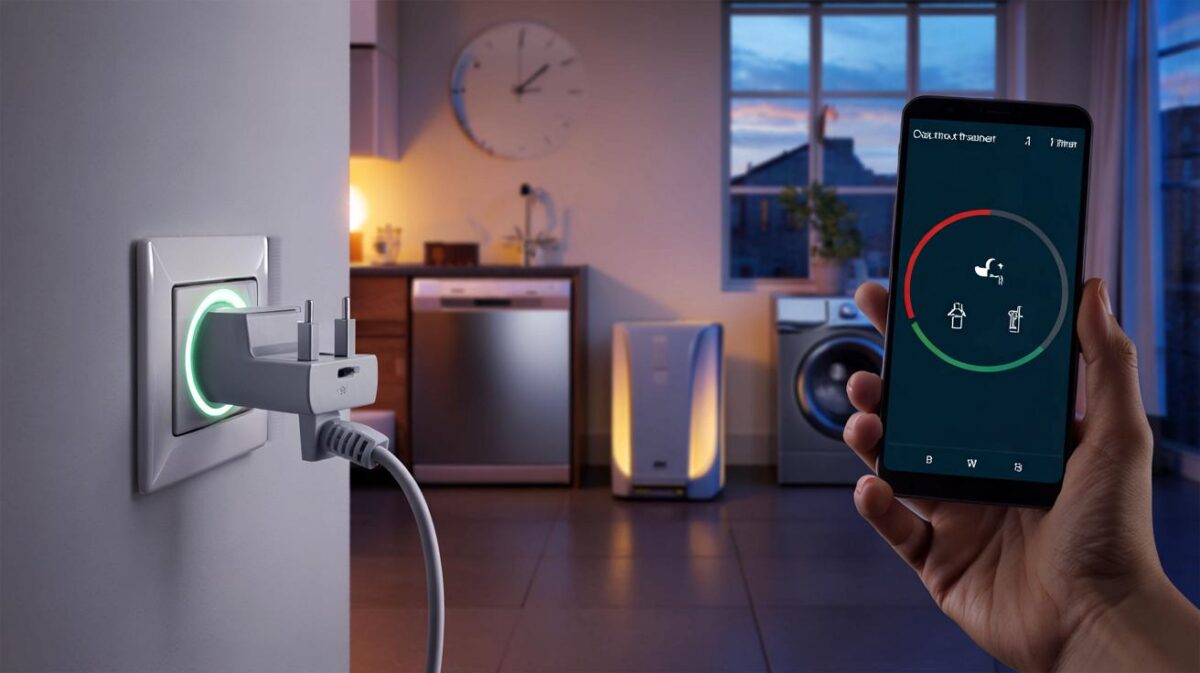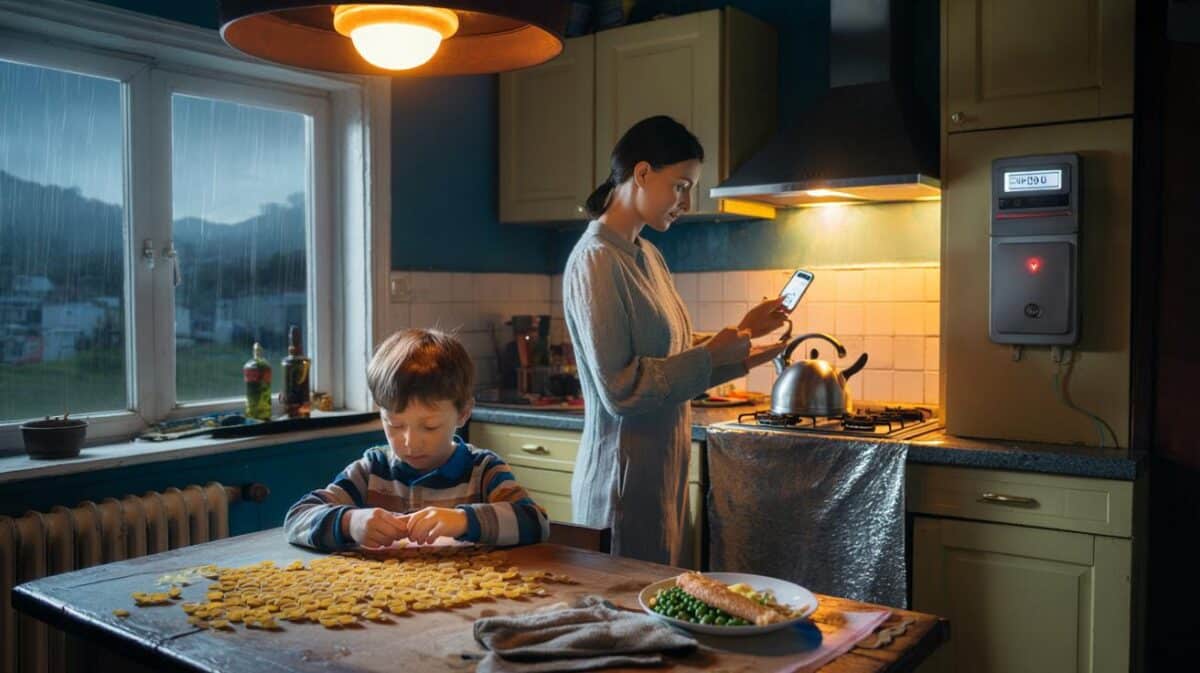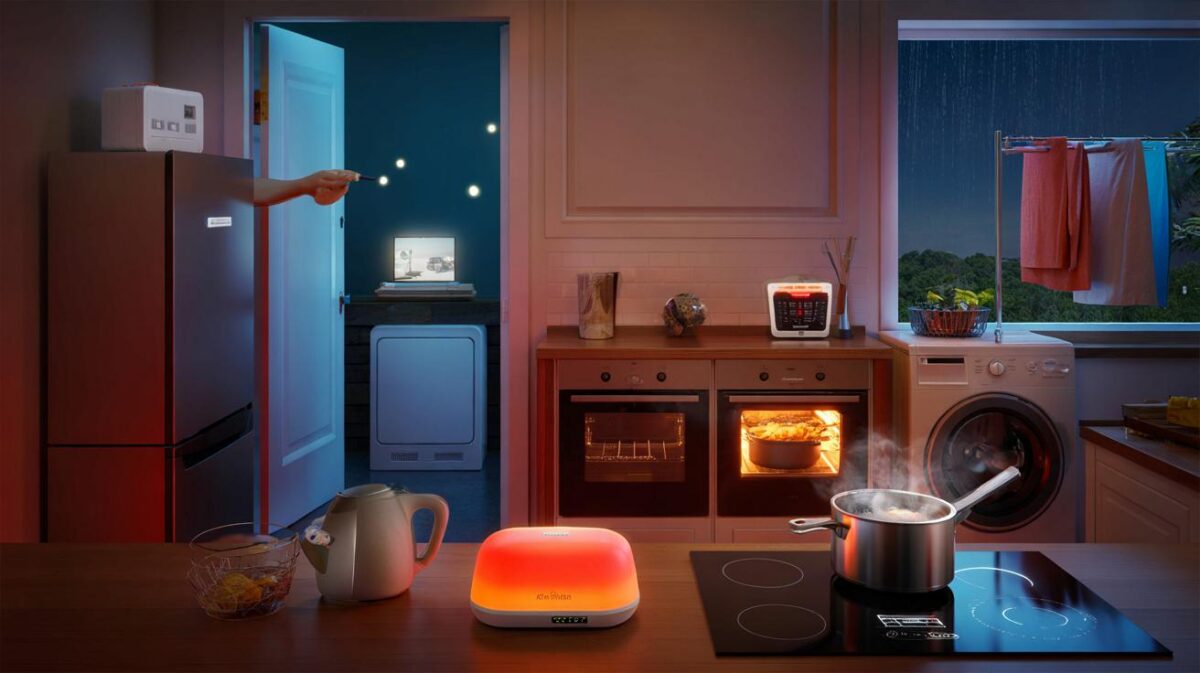You close a door to keep the heat in. You open a door to let it flow. Both feel right in the moment, yet they can work against your boiler, your bills and your comfort. Here’s how interior doors either help or hurt your heating, and what to do room by room.
Sunday dusk, rain on the pavement, the hallway air oddly chilly while the living room feels like a wool jumper. Someone shouts, “Shut the door, the heat’s getting out!” Someone else opens it for the dog, and a ribbon of cold slides in like a sly guest. We’ve all had that moment when the house seems to argue with itself.
I stood there watching the thermostat, one door open, one door closed, and the radiators whispering. The house was teaching a lesson in airflow without saying a word. It felt small and big at once. One hinge can change your bill.
How open doors reshape heat, minute by minute
Open a door and you connect two climates. Warm, light air rises and drifts to high places, while heavier cool air sinks and creeps along floors. The result is a pressure nudge that pulls heat out of cosy spaces and feeds it into colder ones. Your heating system then reacts, often in slow motion, trying to catch up with what your hinges decided.
In a Victorian terrace in Leeds, I watched a family experiment: living room door propped open by a shoe, kitchen door closed as stew bubbled. The hallway cooled sharply, the living room held steady, and upstairs warmed by a degree in 20 minutes. Another night, kitchen door ajar with the oven on, and the house grew clammy, mirrors misting, radiators overworking. Doors don’t just move heat. They move moisture and pressure.
Think of your home like lungs. Doors control where the breath goes. Close too many and you trap heat in islands while the hallway reads cold, nudging the thermostat into longer burns. Open too many and you feed the **stack effect**—warm air racing upstairs, dragging draughts in at ground level. That’s the tug-of-war: comfort versus control, flow versus focus.
Room-by-room: when to open, when to close
Living room: keep the door mostly closed while you’re heating, especially if the hallway hosts the main thermostat. That locks warmth where you sit and gives the stat an honest picture. Crack it open a finger’s width after the room is comfy to share gentle warmth without draining the core. Bedrooms: at bedtime, a slightly open door can smooth temperature if the landing is warm. If the landing is cold, close the door and let the room’s radiator and TRV do the job.
Kitchen and bathroom are your moisture engines. During cooking or a shower, close the door and run extraction to send steam outdoors, not into bedrooms where it will condense on cold corners. Open the door only after the fan has cleared the air and surfaces feel dry to the touch. Let’s be honest: nobody does that every day. Try for most days in winter, or you’ll grow a farm of mildew behind wardrobes. Hallways and stairs love to siphon heat; treat them like corridors, not lounges.
*Your hallway is a wind tunnel in disguise.* Keep doors to rarely used rooms latched, with TRVs turned low but not off, so walls don’t chill and grow mould. In homes with heat pumps or underfloor heating, allow **pressure balance**: keep internal doors mostly open during the day, then zone by closing select doors in the evening to deepen comfort. As one heating engineer told me on a wet Tuesday in Bristol,
“Open-plan living loves open doors; bathrooms and kitchens prefer boundaries. Your thermostat prefers honesty.”
For quick decisions, stick this on the fridge:
- Living room: closed when heating up, cracked when cosy.
- Kitchen/bath: closed while steamy, open after extraction.
- Bedrooms: follow the landing temperature; crack if landing is warm.
- Spare room: mostly closed, TRV low, air it daily.
- Loft hatch: sealed tight; it’s a chimney if it leaks.
Read the house like air, not bricks
There’s a rhythm to all this. Warmth wants to rise. Moisture wants to settle on cold. Thermostats want stable air. If your hall hosts the main stat, make the hall truthful: keep adjacent doors set the same each evening so your boiler or heat pump isn’t confused. If a room is always two degrees off, change the door habit before you buy a gadget. Try a week with the living room door closed during heat-up, another with it open, and note the boiler cycles, not just the feeling under your jumper. The smallest hinge can choreograph the whole system.
| Key points | Detail | Reader Interest |
|---|---|---|
| Close wet rooms while steaming | Contain moisture, run extractor, open after surfaces dry | Stops condensation and mould in bedrooms |
| Keep the thermostat’s room “honest” | Match door habits nightly so readings don’t yo-yo | Fewer boiler cycles, smoother comfort |
| Use doors to zone gently | Closed to heat fast, cracked to share warmth, open for heat pumps by day | Lower bills without new kit |
FAQ :
- Should I sleep with the bedroom door open or closed for better heating?If the landing is warm, a slightly open door evens the temperature. If the landing is cool, close the door and let the room’s radiator and TRV hold a steady 17–19°C. Fire safety guidance points to sleeping with doors closed.
- Does leaving doors open help if I have a heat pump?Often yes during the day. Heat pumps like gentle, steady flow. Keep main internal doors open to blend temperatures, then close a few in the evening to deepen comfort where you sit. Avoid sealing off large cold zones that pull heat away.
- Will closing doors cause damp or mould?Only if you close a room, turn the TRV off, and never ventilate. Keep TRVs low rather than off, crack the door for a daily purge, and close wet rooms while steamy. Dry air beats cold surfaces every time.
- What gap under the door is best for airflow?About 10–20 mm helps radiators breathe and balances pressure without obvious draughts. If you’ve fitted heavy draught excluders everywhere, leave at least one return path to the hallway.
- What about fireplaces and loft hatches?An unused open chimney and a leaky loft hatch supercharge the **cold corridor trap**. Cap the chimney properly and draught-proof the hatch. Doors can’t fix a chimney that behaves like a vacuum.








